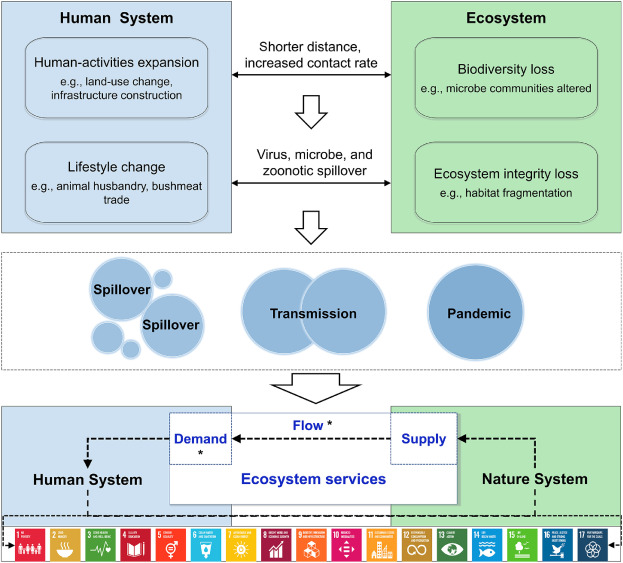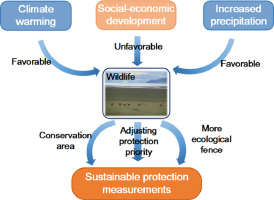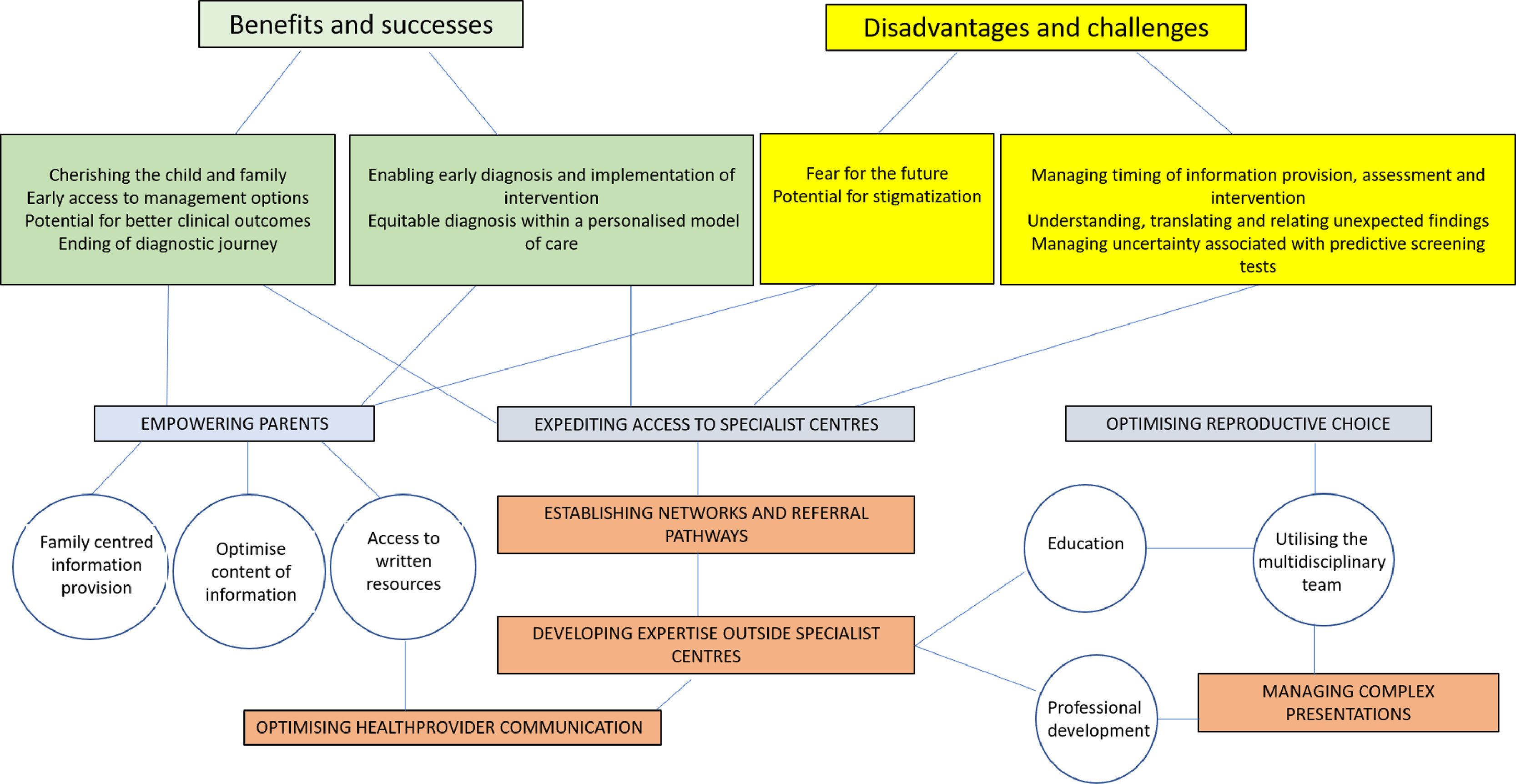The COVID-19 pandemic has stalled and rolled back progress on Sustainable Development Goals (SDGs). Ecosystem services (ESs), defined as the contributions of ecosystems to human well-being, underpin the achievement of SDGs. To promote SDG achievement in post-pandemic era, we teased out the links between ESs and SDGs while examining the impact of COVID-19. We found that ESs benefited all SDGs, yet man-made pressures led to degradation of ecosystems and their services. There is broad consensus that the virus lurks in degraded ecosystems and generates spillover due to human interference.
Introduction: Skin diseases have a significant global impact on quality of life, mental health, and loss of income. The burden of dermatologic conditions and its relationship with socioeconomic status in Asia is currently not well understood. Methods: We selected Global Burden of Disease Study datasets to analyze disability-adjusted life years (DALYs) in 50 Asian countries, including Central Asia, northern Asia, eastern Asia, western Asia, southeastern Asia, and southern Asia, between 1990 and 2017.



